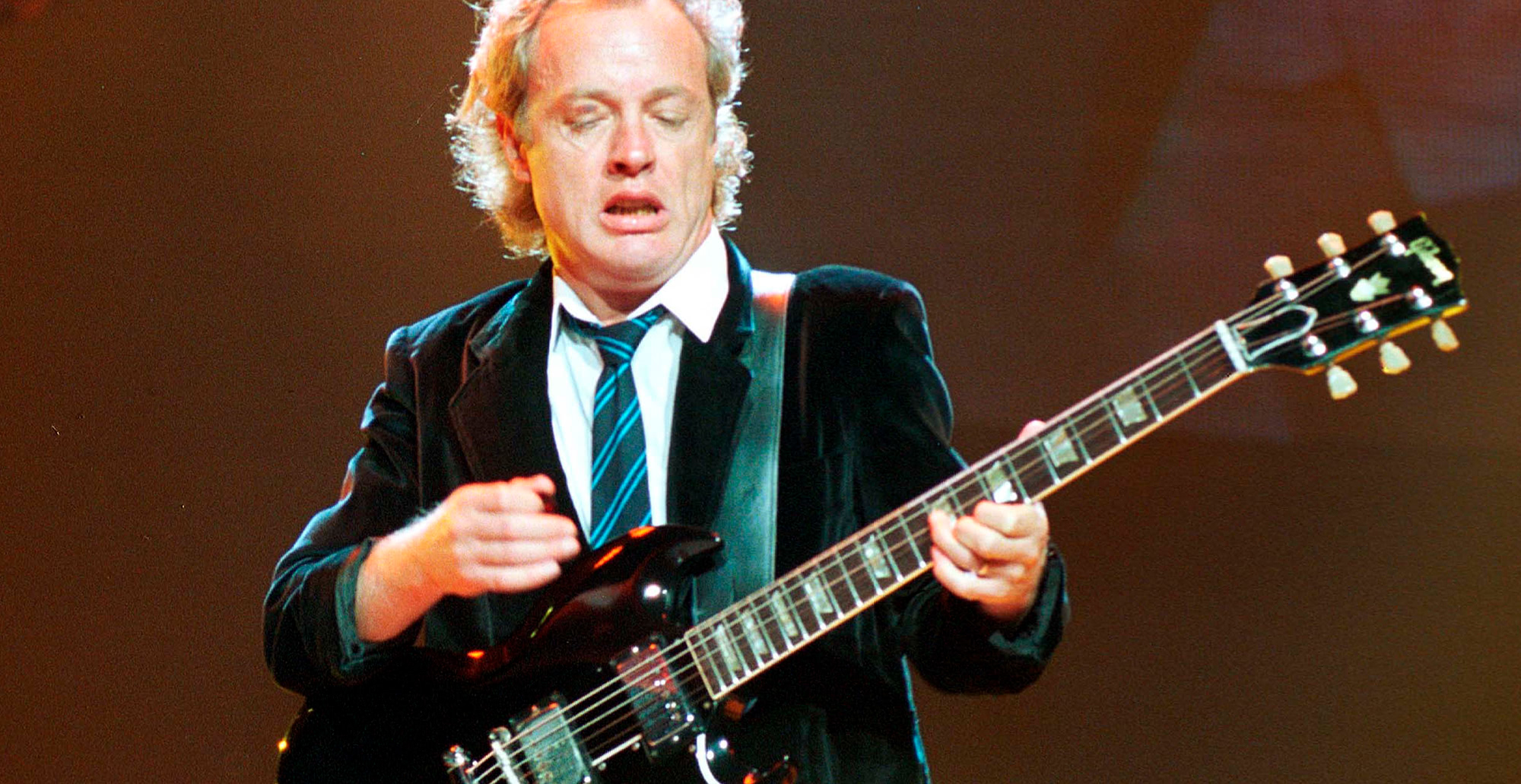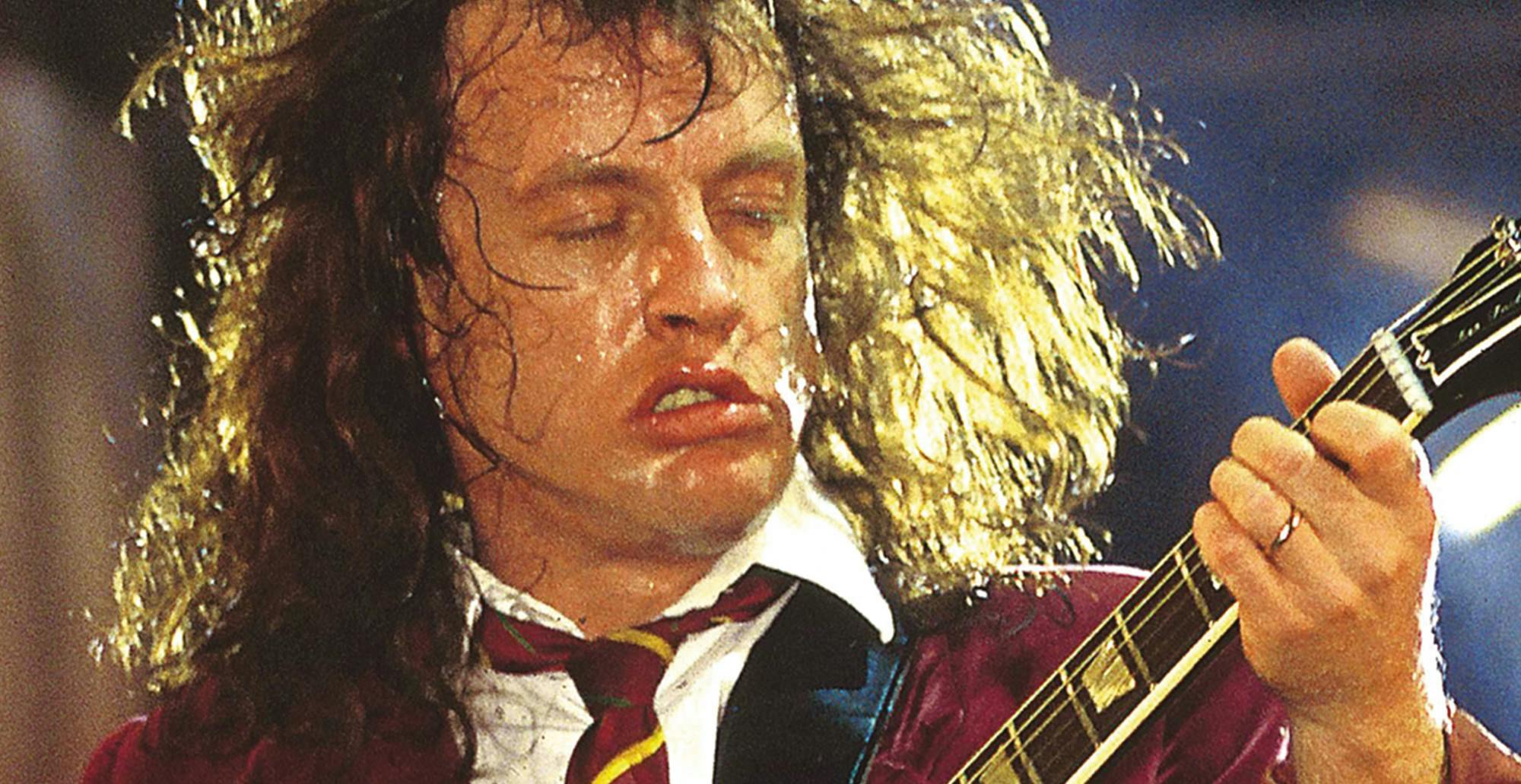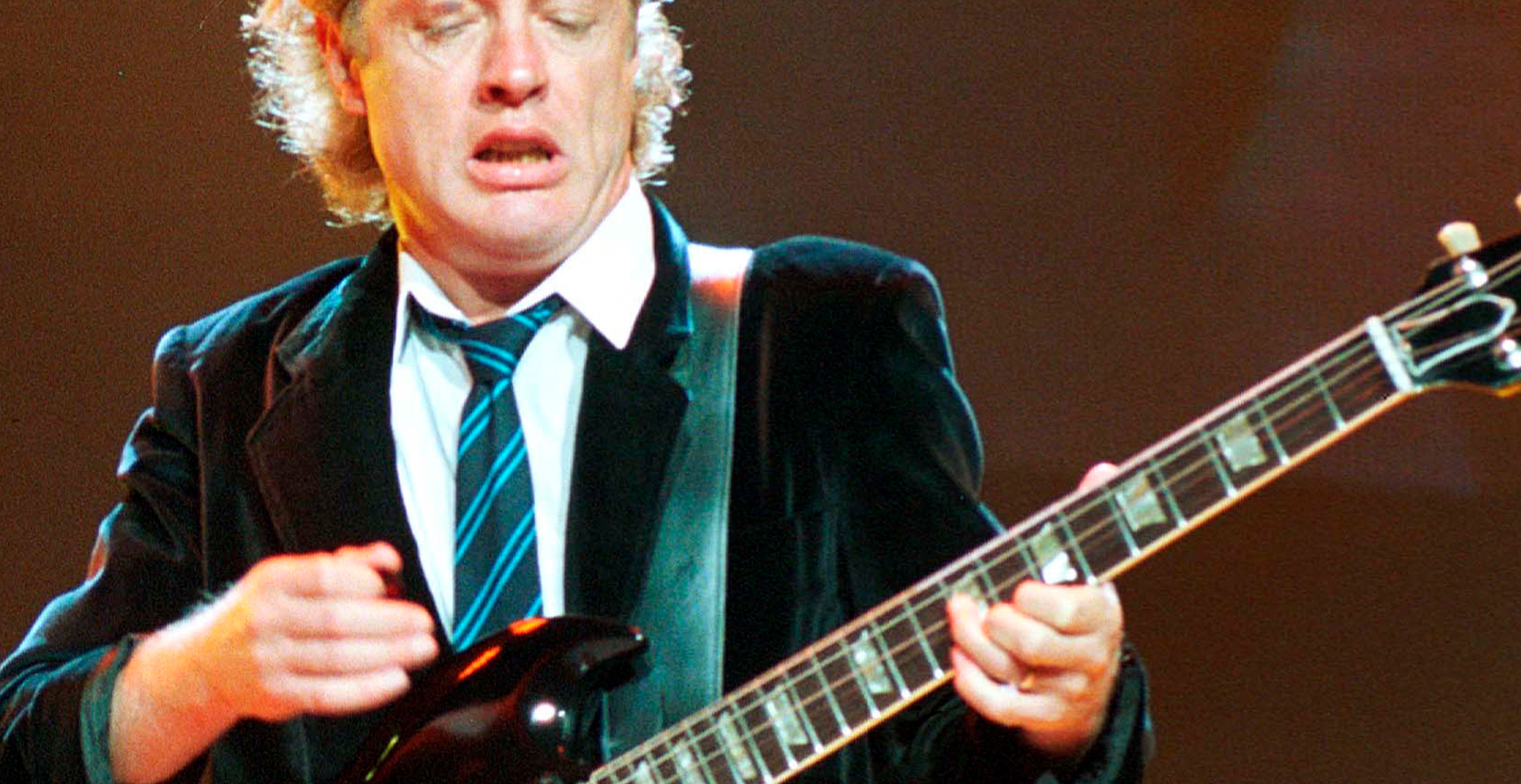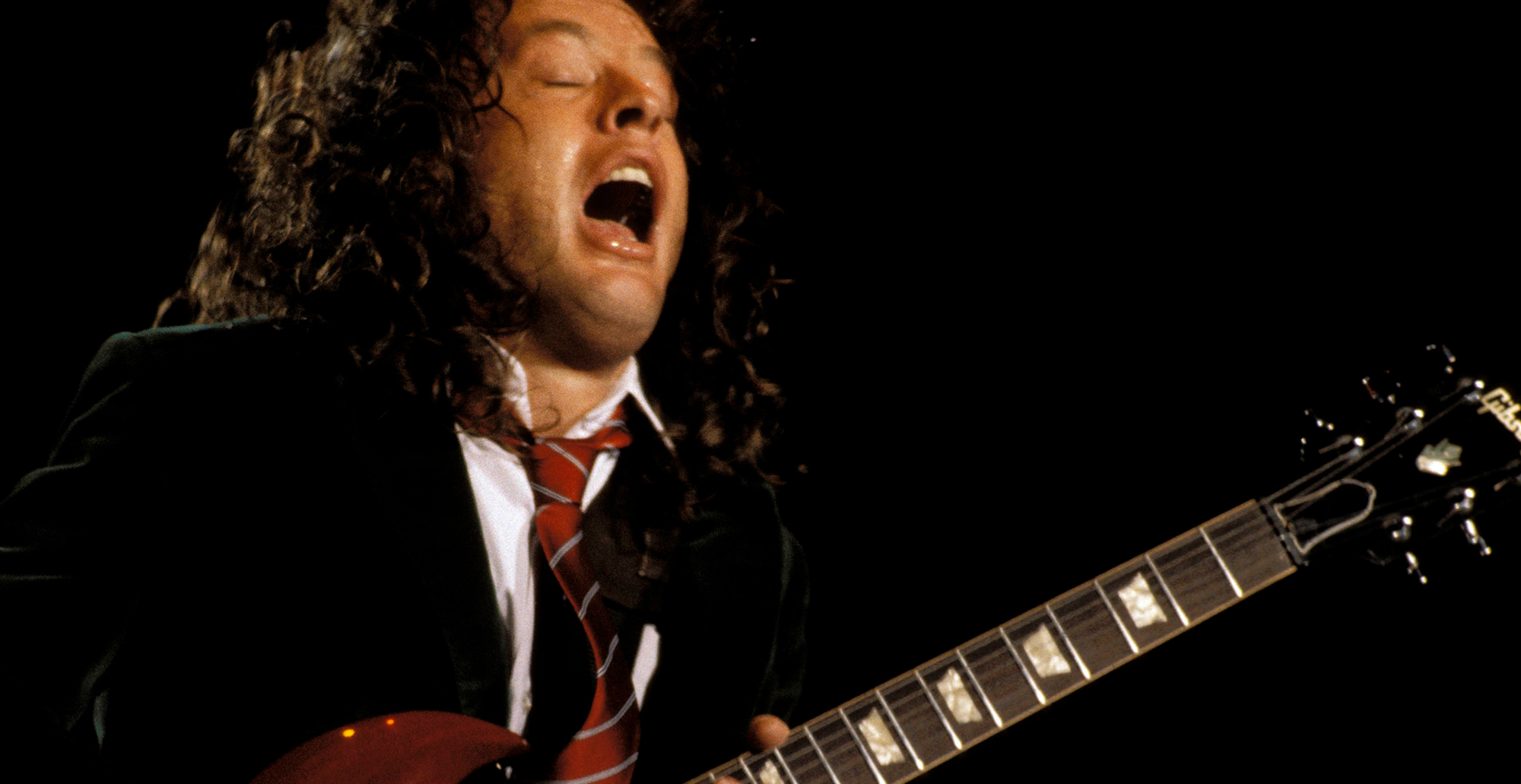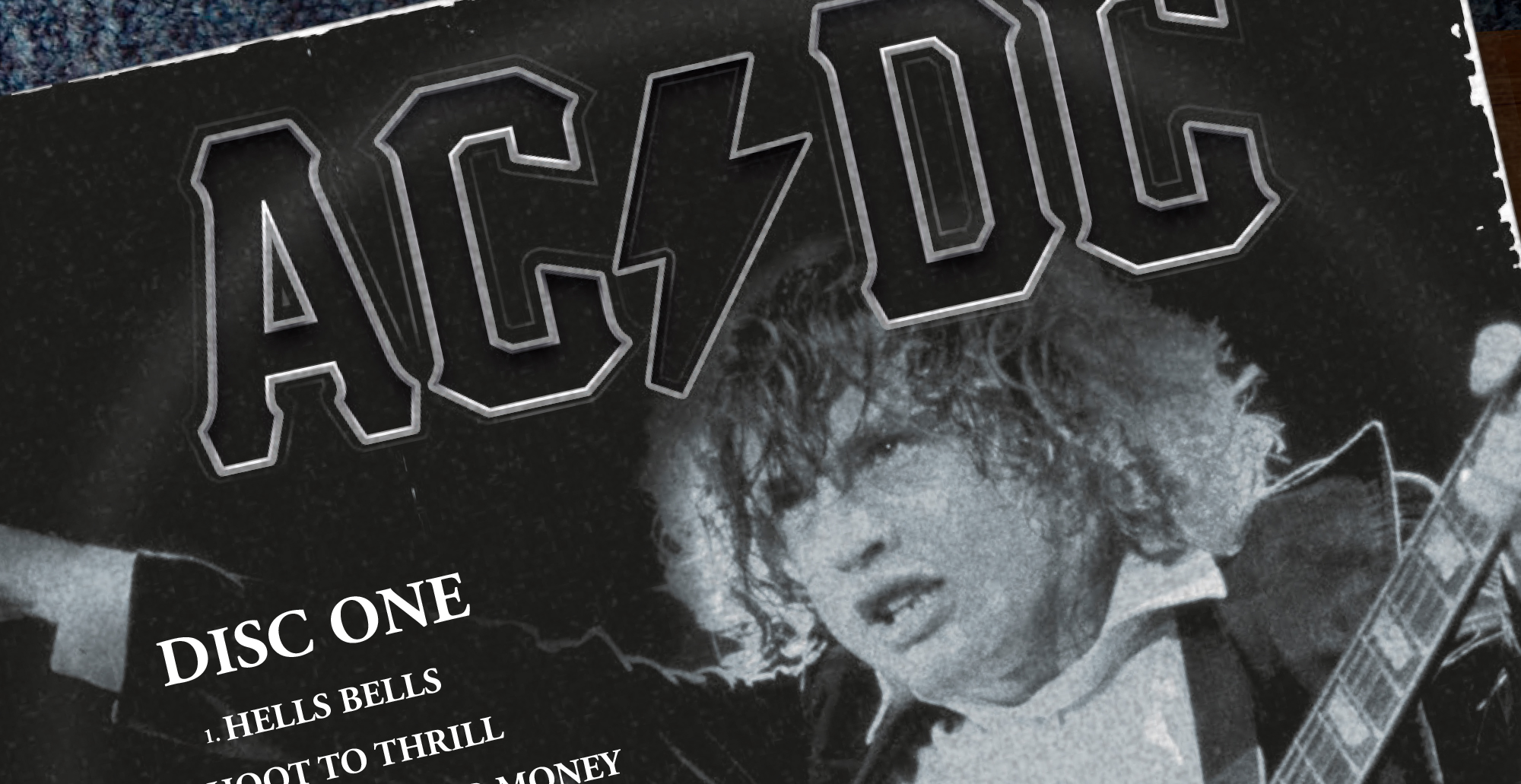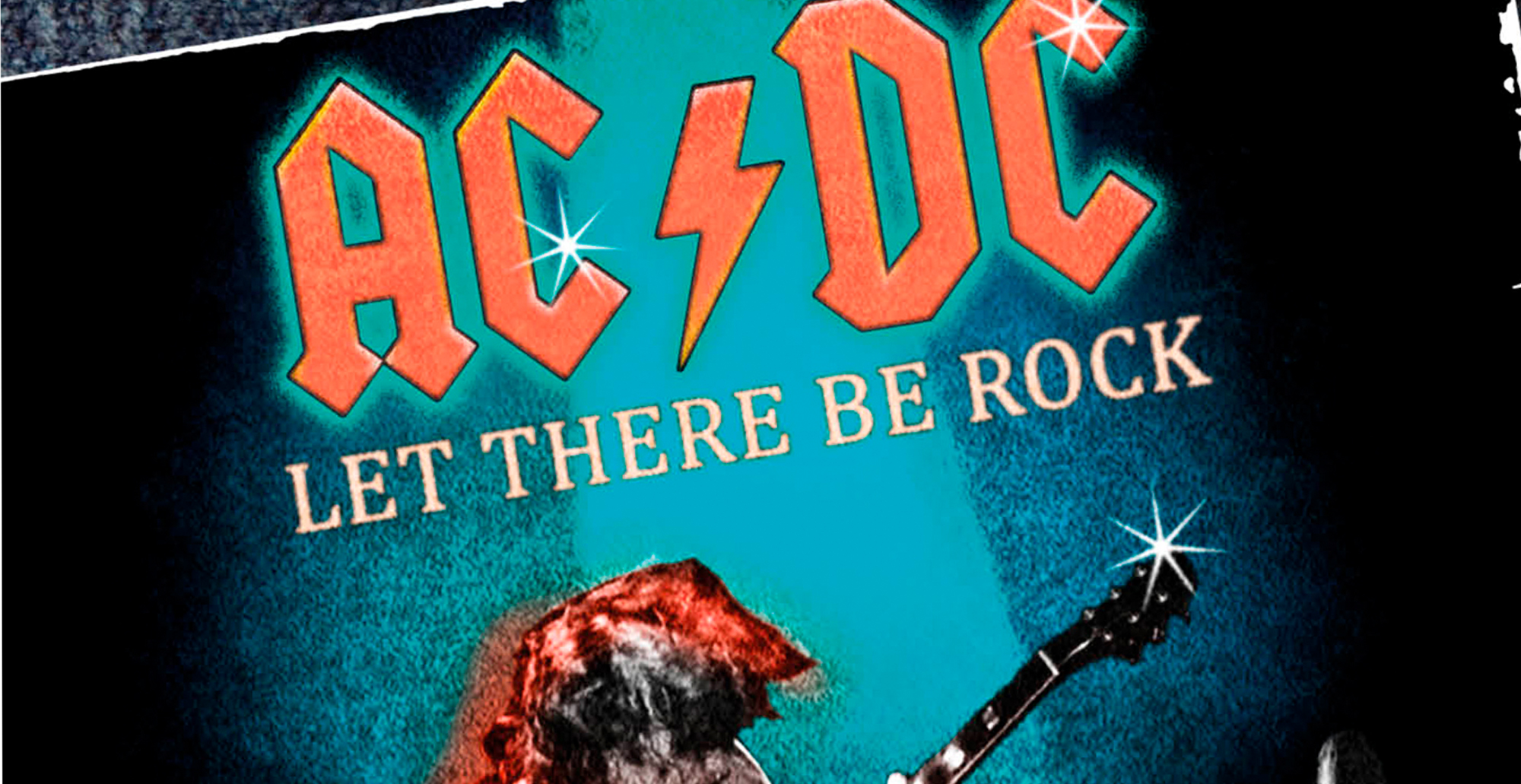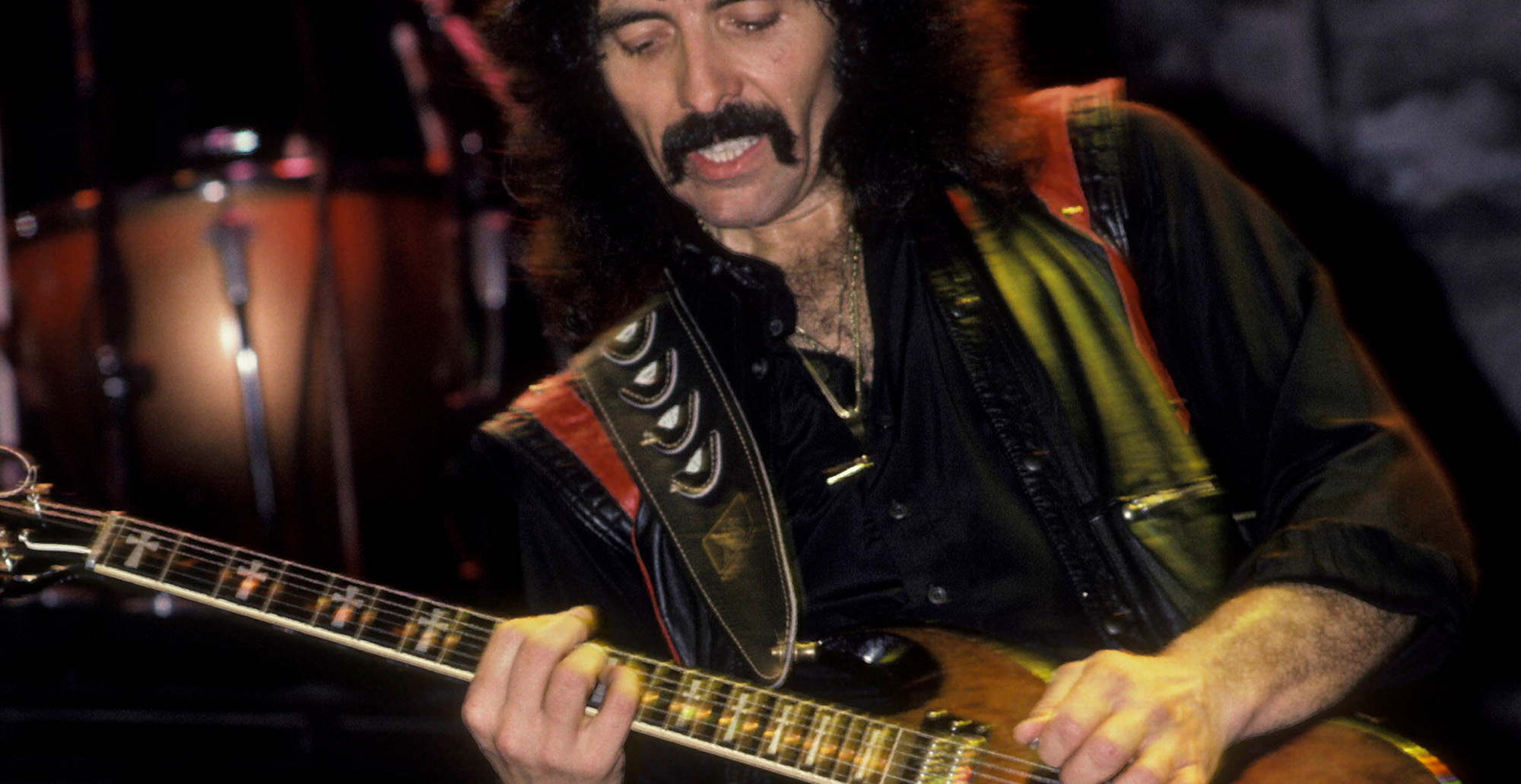Money Talks by AC/DC - Note-for-Note Guitar Lesson
Our Money Talks guitar lesson at LickLibrary.com delivers a detailed breakdown of one of AC/DC’s classic tracks. In this note-for-note lesson, you’ll explore the key techniques that bring this song to life, including power chords, slides, hammer-ons, and double stops. These techniques come together to create a driving rhythm and unforgettable riffs, capturing the essence of AC/DC’s iconic rock sound. This lesson provides a comprehensive approach to mastering these core skills and playing Money Talks with power, precision, and confidence. This lesson is taught by Danny Gill.
Technique Breakdown
Power Chords
Power chords are the foundation of Money Talks, providing the song with its rhythmic strength and depth. These simple, two-note chords are a staple in rock music and consist of the root note and the fifth, creating a thick and powerful sound that can drive a song forward. In Money Talks, power chords contribute to the steady rhythm and add a powerful backdrop to the main riff.
For guitarists, learning power chords is essential. They not only allow you to play with intensity and volume but also enable you to focus on dynamics and rhythm without getting lost in complex chord shapes. Power chords strengthen finger independence and build control, allowing for smooth transitions across the fretboard. They’re versatile and a great tool for adding weight and structure to any rock riff.
Slides
Slides are another defining feature of Money Talks, adding smooth transitions and a sense of movement to the main riff. A slide involves shifting your finger from one fret to another while pressing the string down, creating a continuous, flowing sound. In Money Talks, slides help link notes and chords seamlessly, adding fluidity to the otherwise gritty riff structure.
Mastering slides can elevate your playing by adding smoothness and expression. This technique is invaluable for achieving a connected, seamless sound across notes, which is especially useful in both lead and rhythm playing. Practicing slides helps with finger accuracy and timing, ensuring that each note sounds clear and intentional as you move across the neck. By incorporating slides, you can add melodic fluidity to any riff or solo.
Hammer-Ons
Hammer-ons in Money Talks give the riff added expression and variety. This technique involves “hammering” a finger onto a fret after plucking the string, creating a legato effect that blends notes together. Hammer-ons are used in Money Talks to build momentum and create a smooth, seamless sound within the riff.
Hammer-ons are essential for guitarists who want to play with speed and fluidity. They allow you to connect notes without re-picking, creating a more cohesive sound and making your playing more dynamic. Hammer-ons also help improve finger strength and control, especially for playing quick note sequences and creating legato passages. Adding hammer-ons to your repertoire enables you to express subtle changes in phrasing and add a touch of blues-inspired style to your playing.
Double Stops
Double stops add harmonic richness to the riff in Money Talks. This technique involves playing two notes at the same time, creating a fuller sound. Double stops allow you to introduce a harmonized element to riffs, making them sound fuller and more intricate. In Money Talks, double stops add weight and a touch of melody to the riff, enhancing the song's punchy, driving feel.
Double stops are an excellent technique for building finger independence and control. They are often used to add depth to solos and riffs, allowing guitarists to create harmonized passages. Mastering double stops gives you a broader range of sounds to work with, helping you create harmonically rich riffs and solos. Practicing double stops will strengthen your fingers and improve your accuracy when playing multiple strings, giving you more control and versatility as a guitarist.
About AC/DC and Their Influence
Known for their raw, high-energy rock, AC/DC has been a powerhouse in rock music for decades. Money Talks, from their 1990 album The Razors Edge, is an example of the band’s signature style: straightforward yet powerful riffs, dynamic rhythm, and anthemic lyrics. Angus Young’s guitar playing, full of attitude and electric energy, sets the bar high for rock guitarists worldwide. His ability to blend rhythm and lead parts in a punchy and melodic way makes AC/DC’s music both accessible and inspiring to learn. By mastering Money Talks, you’ll gain insight into the influential style of Angus Young and the sound that has defined rock music for generations.
Guitar Techniques in Money Talks by AC/DC
This lesson provides a deep dive into the following techniques that are essential for capturing the sound of Money Talks. Adding these skills to your playing style will allow you to recreate the classic AC/DC energy and drive:
At LickLibrary.com, our Money Talks lesson brings you a step-by-step guide to these techniques, helping you master each aspect of this classic song. By working through this lesson, you’ll gain the skills and confidence to play this iconic riff with the grit and style that make AC/DC’s music so powerful. Whether you're a fan of classic rock or looking to expand your technique, learning Money Talks will be a rewarding experience that strengthens your guitar fundamentals and captures the spirit of rock ‘n’ roll.

